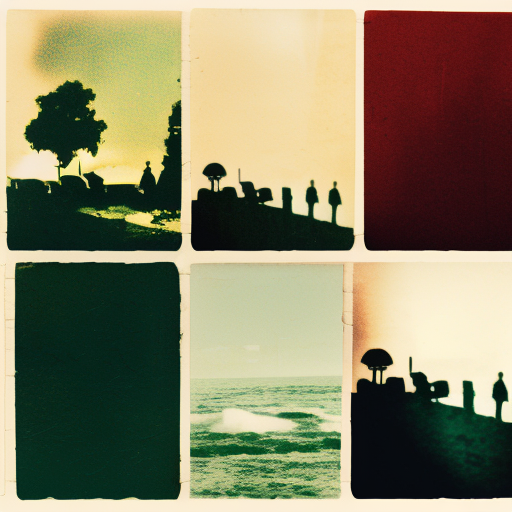Summary: The Gravettian is a Paleolithic culture that existed in Europe between 33,000 and 21,000 years ago. It is known for its distinctive stone tools, art, and burial practices. The Gravettian people were skilled hunters and gatherers who lived in small groups and relied on the resources of their environment. They created intricate tools, such as spear points and scrapers, using bone, antler, and stone. The Gravettian culture is also famous for its artistic expression, including cave paintings, sculptures, and personal ornaments made from bone, ivory, and shells. Burial practices during this period involved the placement of the deceased in a flexed position, often accompanied by grave goods.
Origins and Spread
The Gravettian culture emerged in Eastern Europe around 33,000 years ago and gradually spread westward. It is believed to have originated from the earlier Aurignacian culture. The spread of the Gravettian is associated with the movement of anatomically modern humans across Europe during the Upper Paleolithic period. The culture reached its peak around 28,000 years ago and then declined as the climate became colder during the Last Glacial Maximum.
Technology and Tools
The Gravettian people were skilled toolmakers, creating a wide range of implements for hunting, butchering, and other tasks. They used a variety of raw materials, including flint, bone, antler, and ivory. The most characteristic tool of the Gravettian is the backed blade, which was used as a spear point. These blades were carefully crafted and often retouched to create a sharp cutting edge. Other tools included scrapers, burins, and awls, which were used for working animal hides and making clothing.
Art and Symbolism
The Gravettian culture is renowned for its artistic expression. Cave paintings, such as those found in the caves of Chauvet and Lascaux in France, depict animals such as horses, bison, and mammoths. These paintings were likely created for ritual or symbolic purposes. The Gravettians also created small sculptures, often depicting animals or female figures. These sculptures were made from materials such as bone, ivory, and clay. Personal ornaments, such as beads and pendants, were also common and were made from shells, teeth, and bone.
Burial Practices
The Gravettian people had complex burial practices. The deceased were often placed in a flexed position, with the legs drawn up towards the chest. Burial sites were sometimes marked with stones or covered with animal bones. Grave goods, such as tools, ornaments, and animal remains, were often placed with the deceased, suggesting a belief in an afterlife or the importance of personal possessions in the afterlife.
End of the Gravettian
The Gravettian culture began to decline around 21,000 years ago as the climate became colder during the Last Glacial Maximum. The harsh conditions of the ice age likely led to a decrease in resources and population size. The Gravettian was eventually replaced by the Magdalenian culture, which emerged around 17,000 years ago and was characterized by new technological innovations and artistic styles.
In conclusion, the Gravettian culture was a significant period in European prehistory. It was characterized by its advanced stone tools, artistic expression, and complex burial practices. The Gravettian people were skilled hunters and gatherers who adapted to the changing environment of the Upper Paleolithic period. Their cultural achievements provide valuable insights into the lives and beliefs of our ancient ancestors.












